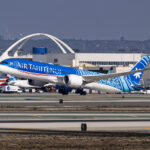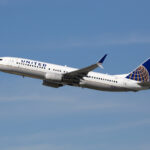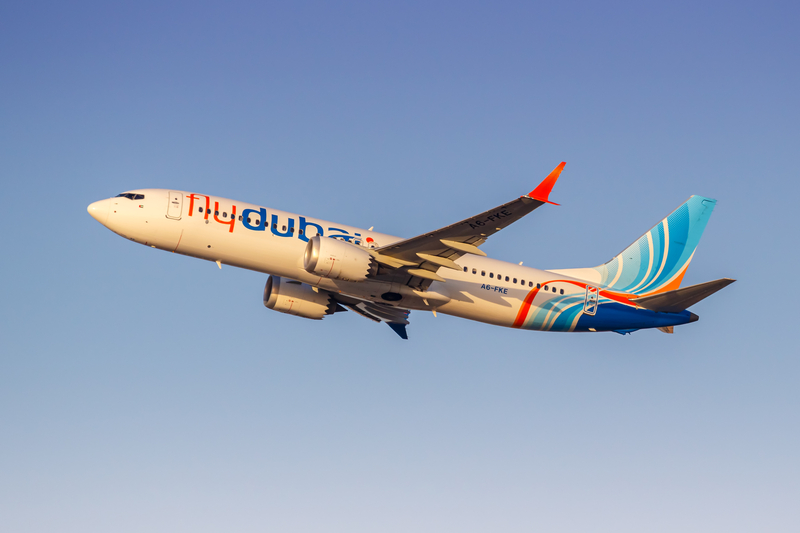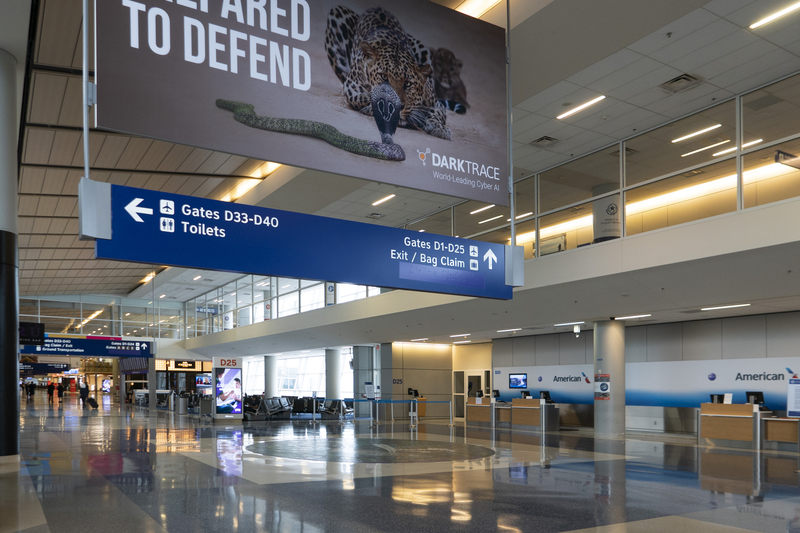Air Tahiti Nui Weighs Major Network Overhaul As Losses Mount
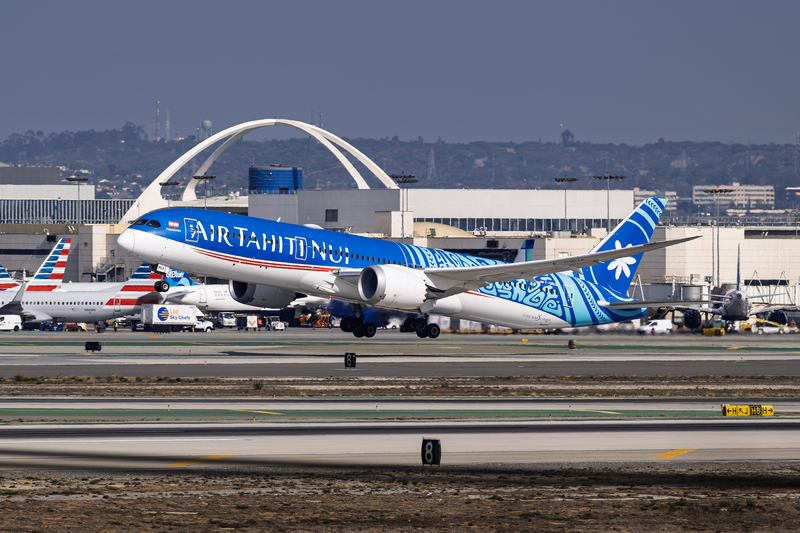
ID 357186390 | Air Tahiti Nui © Robin Guess | Dreamstime.com
Air Tahiti Nui’s 2024 scorecard: one profitable route, several money-losers
Air Tahiti Nui (ATN) operates a compact long-haul network from Papeete (PPT) with four Boeing 787-9s to Auckland (AKL), Los Angeles (LAX), Paris (CDG, via LAX), Seattle (SEA), and Tokyo Narita (NRT). Despite a premium onboard product and strong brand, the carrier posted an operating loss of roughly 2.8 billion XPF ($27.3 million) on revenue of 34.3 billion XPF ($332.2 million) in 2024—an operating margin near -8%.
Route performance is lopsided. The PPT–LAX core is the only route reported to be in the black, contributing around 1.1 billion XPF (~$10.7 million) in annual profit. Elsewhere:
-
PPT–SEA is the biggest drag, posting a large loss relative to the rest of the network.
-
PPT–NRT reportedly averaged a sub-50% load factor, a red flag even before yields are considered.
-
PPT–AKL and PPT–CDG (via LAX) are near breakeven, but not meaningfully profitable.
ATN is state-owned, and its mandate includes stimulating inbound tourism to French Polynesia. Even so, the growing cumulative deficit (now roughly 22 billion XPF, or ~$215 million) is forcing hard choices.
Why Seattle and Tokyo are under the microscope
Two themes likely explain the underperformance:
-
Demand maturity and seasonality. PPT is an ultra-leisure destination with pronounced shoulder seasons. New long-haul gateways (like SEA) often take multiple seasons to mature—if ever—especially without deep, day-of-week-consistent schedules that customers (and tour operators) can rely on.
-
Connectivity and competition. Narita’s traffic has been shifting toward Haneda for years, and a sub-50% load factor suggests the schedule, connectivity, or price point isn’t resonating with Japan-origin leisure demand. On the U.S. West Coast, ATN competes with entrenched operators and plentiful Tahiti access via LAX/SFO. If feed isn’t seamless and frequencies aren’t steady, leisure traffic quickly defects to simpler itineraries.
The proposed pivot: Honolulu, San Francisco, and Sydney
A strategy review presented to ATN’s board recommends:
-
Exit Seattle and Tokyo quickly to stop the bleeding.
-
Maintain Auckland and Paris (effectively breakeven today).
-
Add Honolulu (HNL), San Francisco (SFO), and Sydney (SYD).
Why these three?
-
Honolulu (HNL): Shorter stage length lowers risk and unit cost, and HNL’s role as a Pacific leisure super-hub offers strong two-way demand. HNL–PPT also creates new combinable itineraries (Hawaii + Tahiti) and could be flown with narrowbodies in the future to right-size capacity by season.
-
San Francisco (SFO): A proven West Coast gateway with deep domestic feed and premium leisure demand. SFO also diversifies U.S. access alongside LAX, helps pricing power in peak periods, and offers corporate/leisure mix that can lift yields.
-
Sydney (SYD): Strong Australia–Tahiti leisure flows, robust outbound market, and high propensity for premium cabin purchases on long-haul holidays. SYD complements AKL, spreads network risk across Oceania, and gives ATN more Southern Hemisphere summer resilience.
Fleet choices: stay with four 787-9s, or pivot to neo/XLR mix
Two fleet paths surfaced:
-
Status quo: Keep the four 787-9s. This preserves commonality, avoids transition costs, and maintains a premium long-haul cabin that already resonates on LAX and CDG.
-
Re-fleet and right-size: Move to ~six Airbus aircraft—four A330-900neos plus two A321XLRs.
-
A330-900neo delivers 787-like range with competitive fuel burn and a widebody cabin suitable for LAX, CDG, SFO, and SYD.
-
A321XLR enables thinner, seasonal, or shoulder-period routes (HNL in particular) with materially lower trip costs. The XLR’s range envelope also gives ATN flexibility to test new gateways or add off-peak frequencies without committing a widebody.
-
A re-fleet adds capital and transition complexity (training, spares, maintenance, product alignment), but the structural benefit is better capacity matching to demand—especially in softer months when 787-9s can be too much airplane.
What could actually improve profitability
Regardless of network or fleet, a few levers will matter most:
-
Capacity discipline and seasonality management. Fewer flights in shoulder periods, tighter day-of-operation consistency in peak, and schedule timing that maximizes long-haul connections on both ends.
-
Distributor mix and packaging. Grow higher-yield, longer-stay leisure through tour operators and bundled air-hotel product; align with premium resorts to pull-through front-cabin demand.
-
Partnerships and feed. Deep, practical interline/codeshare with U.S. and Oceania partners at LAX/SFO/HNL/AKL/SYD to smooth demand and reduce reliance on pure local traffic.
-
Product calibration by market. Keep the full premium experience on cornerstone routes (LAX, CDG, SFO, SYD). Use smaller-gauge or fewer frequencies where demand is price-sensitive and volatile (HNL shoulder seasons).
-
Relentless cost focus. Tahiti is expensive. Every turn that reduces ground time, improves aircraft utilization, or simplifies catering/crew patterns drops to the bottom line faster in a four-aircraft operation than in a mega-hub carrier.
My take
Cutting SEA and NRT is the most obvious short-term fix; the losses there overwhelm LAX profits. The HNL/SFO/SYD pivot makes strategic sense: it diversifies gateways, improves connectivity, and—if paired with right-sized capacity—should raise average loads and yields without stretching the small fleet too thin.
On fleet, sticking with the 787-9s is the lowest-risk path, but adding narrowbody reach (A321XLR or equivalent in the future) is the single most powerful structural change ATN can make. It would let the airline scale up and down with seasons, open HNL with lower trip costs, and trial secondary markets without committing widebody capacity. If a full re-fleet is too heavy a lift, a middle ground—wet lease or short-term sub-lease of narrowbodies for HNL—could test the thesis before committing.
Bottom line
Air Tahiti Nui’s books show a familiar story for boutique long-haul leisure airlines: one strong core route (LAX) carrying a handful of underperformers. A measured retrenchment—exiting SEA and NRT—paired with a pivot to HNL, SFO, and SYD gives the carrier a clearer path to positive margins, especially if it can right-size capacity in shoulder seasons. The long-term unlock is flexibility: either keep the 787-9s and fly them only where they truly earn their keep, or introduce smaller-gauge aircraft to match demand year-round.
